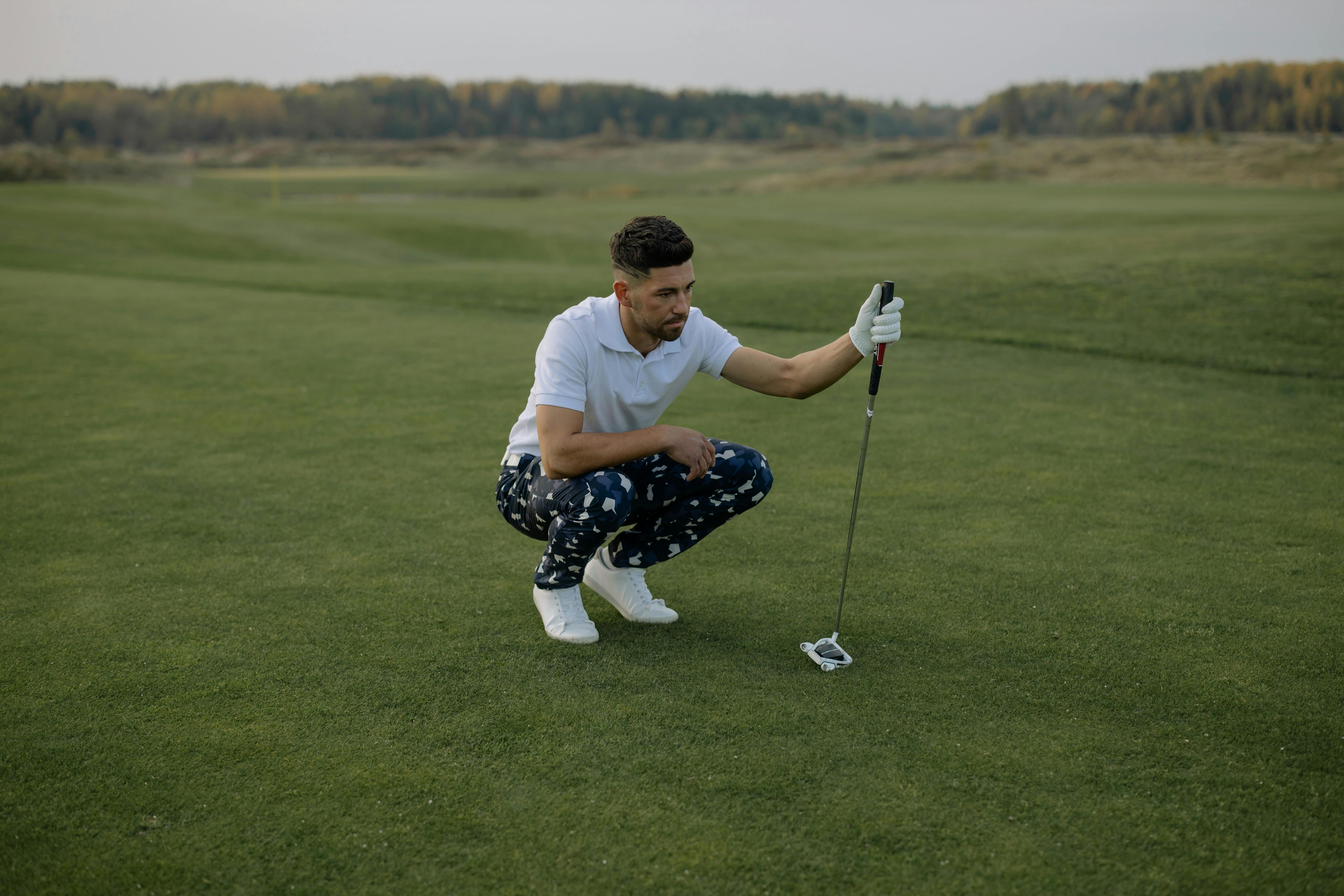Oil spills are dangerous for people’s health and for the environment. Hazards include fumes, ignitions, suffocation, burns, water contamination, soil contamination, and fire. In the event of an oil spill, make sure you know what to do. Immediate measures can help keep the oil spill from spreading. Make sure you have the presence of mind and follow this simple and effective oil spill cleanup procedure.
Emergencies can be a confusing time. So to make it easier for you, just remember the 3 C’s for handling any accidental spills. These are control, contain and clean. Controlling the situation is stopping the cause or source of oil or slowing the rate of oil release. Containing the oil spill is minimizing the damage from the oil by preventing the spill from spreading to other areas. Cleaning is the removal of contaminants or the oil itself from the affected area. Proper disposal of materials used in contamination removal is the final step in any cleanup.
Objective: Effectively address accidents due to spills to prevent adverse effects on the environment and on the people who clean the contents of the spill.
Materials needed include:
-Stand by fire extinguishers
-Protective glasses
-Security continues
-Safety mask
-Closed footwear
-Bars or oil spill containment sleeves.
-Absorbent pads or rolls
The procedures are as follows:
I. Oil Spill Control
1) Immediately take control of the situation.
2) If possible, stop the source of the leak. It can be done by closing a valve immediately or by putting the container in an upright position.
3) Search for causes of ignition. Extinguish flames or turn off machines that are running.
4) Wear the proper safety gear. Vapors can be inhaled so make sure your whole body is well protected.
5) Report to management immediately. If possible seek out your supervisor. Ask for help.
II. Oil Spill Containment
1) If the oil or chemicals are near any type of drain, be sure to seal it off first.
2) Surround the oil spill with booms or oil spill sleeves. Enclose the area of contamination.
3) Make sure you have secured all spill exit points.
3rd Oil Spill Cleanup
1) Place the absorbent pads, pads or rolls directly on the liquid.
2) Distribute absorbent pads or rolls to different areas to aid in cleanup.
3) Continue placing and replacing the absorbent pads until the last drop of liquid is absorbed.
4) Get ready with your plastic bags for dirty absorbents.
5) Place all soiled absorbent pads inside the plastic bag.
6) Re-bag dirty absorbents to prevent leaks.
7) Then, once you have collected all the absorbent pads, place the absorbent barriers or socks inside the plastic bags.
8) Once you have finished bagging everything, place the bags into a drum or single container.
9) Label or label the container.
10) Immediately contact your waste manager for proper disposal.
Don’t hesitate to contact your local Fire Department if you have a large spill. Almost all fire departments are trained to help control and clean up all types of spills. Depending on the location and size of the spill, you may be required by law to report it to state or federal officials at EPA.


